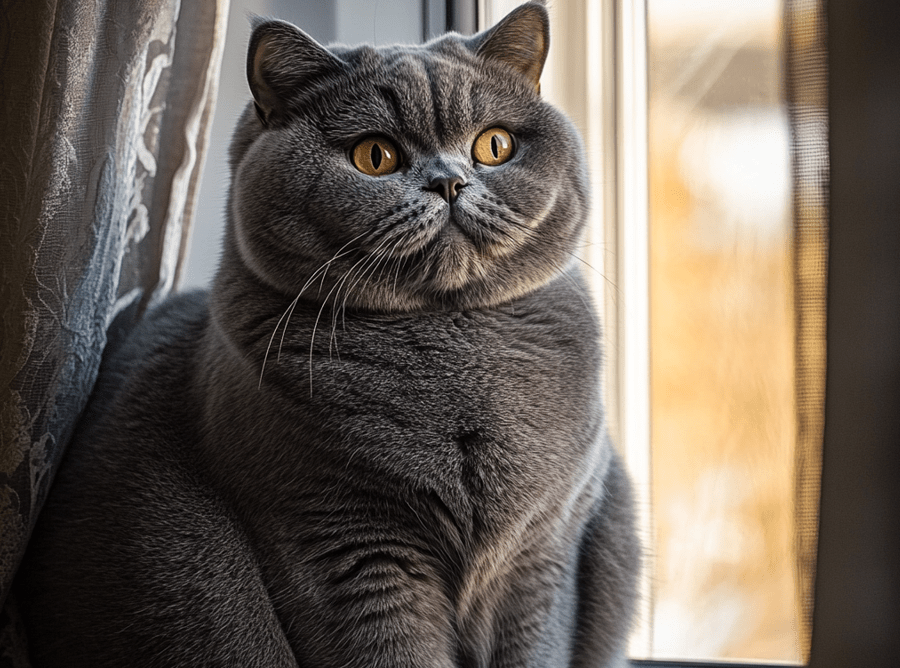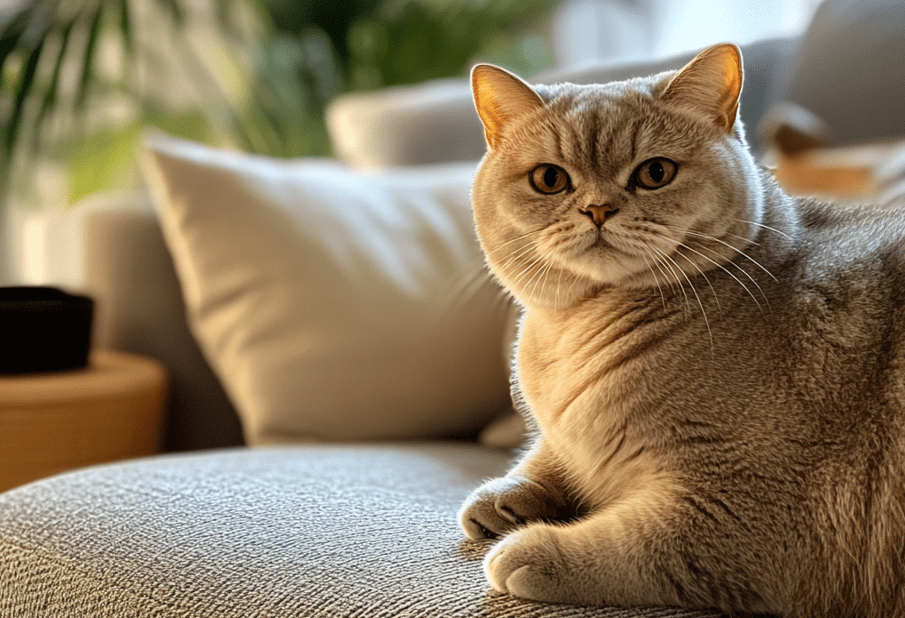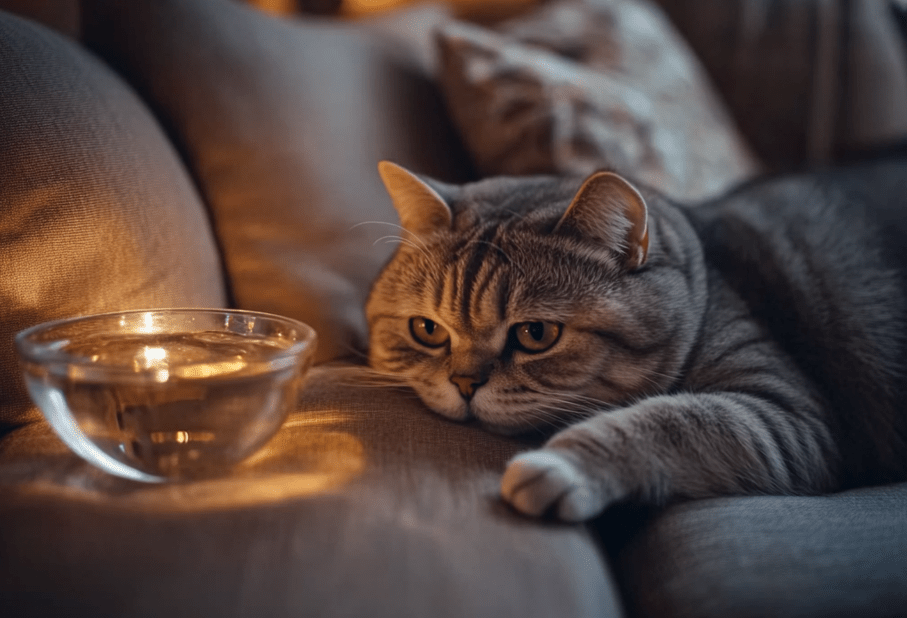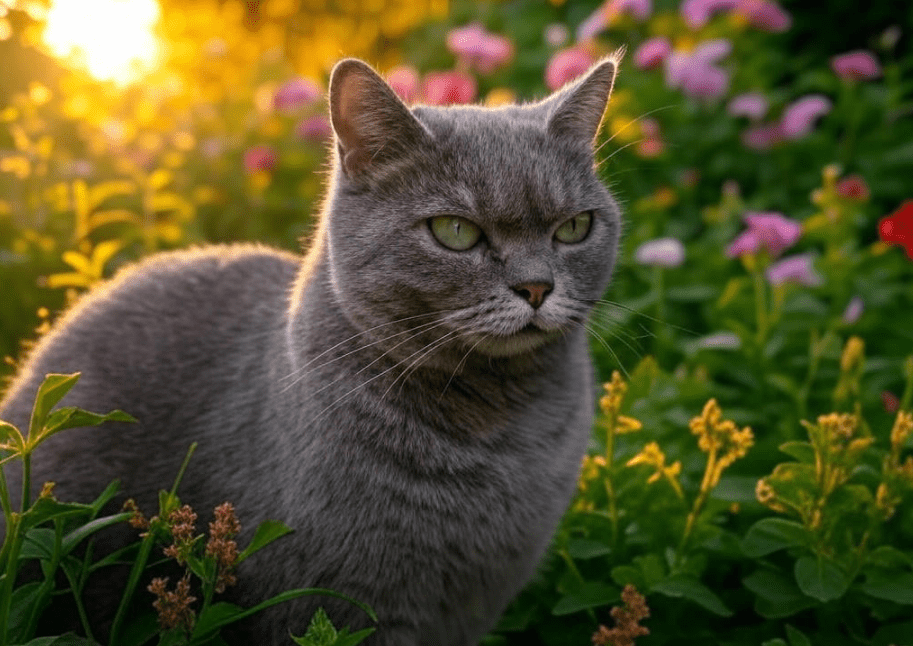
British Shorthair Cats, with their plush, dense coats and charming personalities, are beloved by pet owners worldwide. Their short, thick fur requires regular grooming to maintain its luster and prevent matting, making the choice of the right brush essential. This comprehensive guide explores the best brushes for British Shorthair Cats, offering insights into grooming tools, techniques, and tips to keep your feline friend healthy and happy. Whether you’re a new owner or a seasoned cat enthusiast, this article will help you select the perfect brush for your British Shorthair.
Why Grooming is Essential for British Shorthair Cats
British Shorthairs have a unique coat that is both dense and short, giving them their iconic teddy-bear appearance. However, this luxurious fur can trap dirt, loose hair, and dander, leading to potential skin issues if not properly maintained. Regular grooming offers several benefits:
Reduces Shedding: British Shorthairs are moderate shedders, and brushing helps remove loose hair before it ends up on your furniture.
Prevents Matting: Their thick fur can form mats if not brushed regularly, causing discomfort.
Promotes Healthy Skin: Grooming stimulates blood flow and distributes natural oils, keeping the coat shiny.
Strengthens Bonding: Brushing sessions provide quality time to connect with your cat.
Early Detection: Regular grooming allows you to spot skin issues, fleas, or lumps early.
Choosing the right brush is critical to achieving these benefits without causing stress or discomfort to your British Shorthair.
Key Factors to Consider When Choosing a Brush
Before diving into the best brushes, let’s explore the factors to consider when selecting a grooming tool for your British Shorthair Cat:
Brush Type: Different brushes serve different purposes, such as detangling, deshedding, or polishing the coat.
Coat Sensitivity: British Shorthairs have sensitive skin, so brushes with soft bristles or rounded tips are ideal.
Ease of Use: A brush with an ergonomic handle ensures comfortable grooming sessions for you and your cat.
Durability: High-quality materials ensure the brush lasts through regular use.
Cat Comfort: The brush should be gentle to avoid scratching or irritating your cat’s skin.
With these factors in mind, let’s explore the top brushes tailored for British Shorthair Cats.
The Best Brushes for British Shorthair Cats
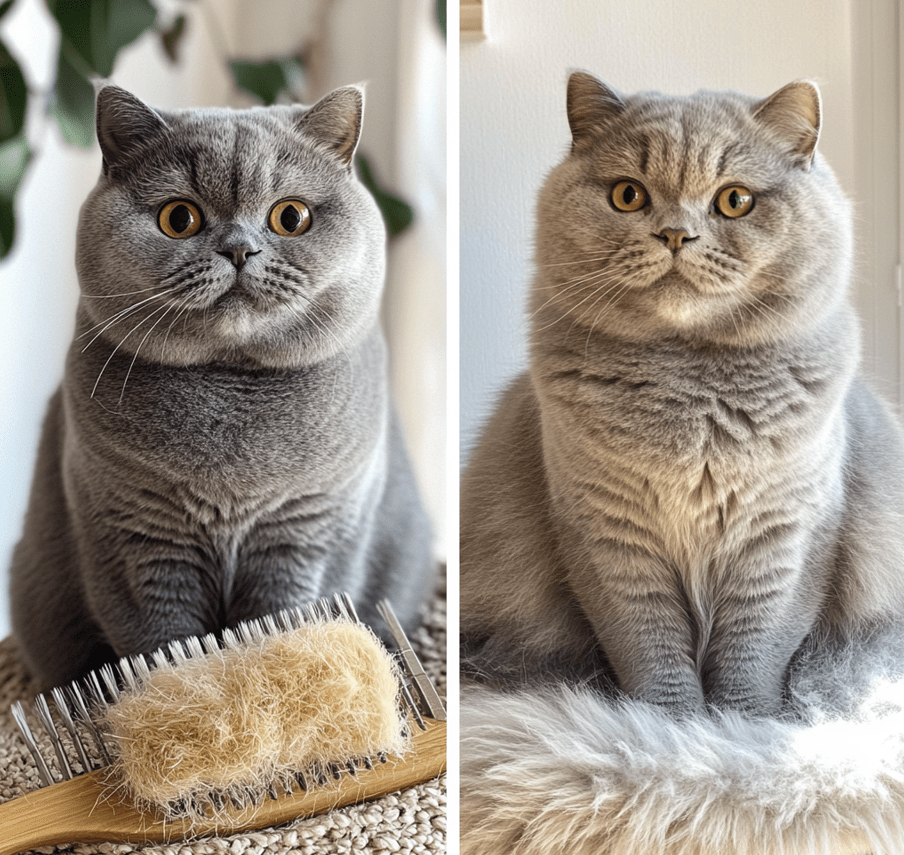
1. Safari Self-Cleaning Slicker Brush
The Safari Self-Cleaning Slicker Brush is a top choice for British Shorthair owners due to its versatility and ease of use. Its fine, stainless-steel pins gently remove loose hair, dander, and minor tangles without irritating the skin.
Why It’s Great: The self-cleaning feature allows you to retract the pins and wipe away collected fur with ease, making cleanup a breeze. The brush’s gentle bristles are perfect for the British Shorthair’s dense coat.
Best For: Daily grooming to maintain coat health and reduce shedding.
Pros: Ergonomic handle, self-cleaning mechanism, gentle on sensitive skin.
Cons: May not be effective for severe matting.
Price Range: $10–$15
Tip: Use short, gentle strokes to avoid overwhelming your cat, and reward them with treats to make grooming a positive experience.
2. FURminator Short-Hair Deshedding Tool
The FURminator Short-Hair Deshedding Tool is a game-changer for managing shedding in British Shorthairs. Designed specifically for short-haired breeds, it reduces loose hair by up to 90%.
Why It’s Great: The stainless-steel edge reaches deep into the undercoat to remove loose hair without damaging the topcoat. Its ergonomic design ensures comfort for both you and your cat.
Best For: Weekly deshedding sessions to control shedding during seasonal changes.
Pros: Highly effective, durable, reduces shedding significantly.
Cons: Can be too intense if used too frequently; requires careful handling.
Price Range: $25–$40
Tip: Use the FURminator once or twice a week, and avoid applying too much pressure to prevent skin irritation.
3. Hertzko Soft Pet Brush
The Hertzko Soft Pet Brush is ideal for British Shorthair Cats with sensitive skin. Its soft, rounded bristles provide a massage-like experience, making grooming enjoyable for your feline.
Why It’s Great: The brush’s gentle bristles polish the coat, distribute natural oils, and remove light debris. It’s perfect for cats that dislike traditional slicker brushes.
Best For: Daily brushing for cats that are sensitive to grooming.
Pros: Soft bristles, promotes coat shine, affordable.
Cons: Less effective for heavy shedding or matting.
Price Range: $8–$12
Tip: Pair this brush with a slicker brush for a complete grooming routine, using the Hertzko for finishing touches.
4. JW Pet Gripsoft Double-Sided Brush
The JW Pet Gripsoft Double-Sided Brush offers versatility with a pin brush on one side and a bristle brush on the other. This dual functionality makes it a great all-in-one tool for British Shorthairs.
Why It’s Great: The pin side detangles and removes loose hair, while the bristle side smooths the coat and adds shine. The non-slip handle ensures a secure grip.
Best For: Owners looking for a multi-purpose brush for regular grooming.
Pros: Dual-sided, comfortable grip, budget-friendly.
Cons: May not penetrate thick undercoats as effectively as specialized tools.
Price Range: $10–$15
Tip: Start with the pin side to remove loose hair, then flip to the bristle side for a polished finish.
5. Pet Republique Dematting Comb
For British Shorthairs prone to matting, the Pet Republique Dematting Comb is a must-have. Its sharp, rounded blades safely cut through mats and tangles without pulling on the fur.
Why It’s Great: The comb’s design minimizes discomfort, making it ideal for tackling occasional mats in the dense British Shorthair coat.
Best For: Addressing mats and tangles in problem areas like the belly or hindquarters.
Pros: Safe and effective, ergonomic design, durable.
Cons: Not suitable for daily brushing; requires careful use.
Price Range: $12–$18
Tip: Use the dematting comb sparingly and follow up with a slicker brush to smooth the coat.
How to Groom Your British Shorthair Cat: Step-by-Step Guide
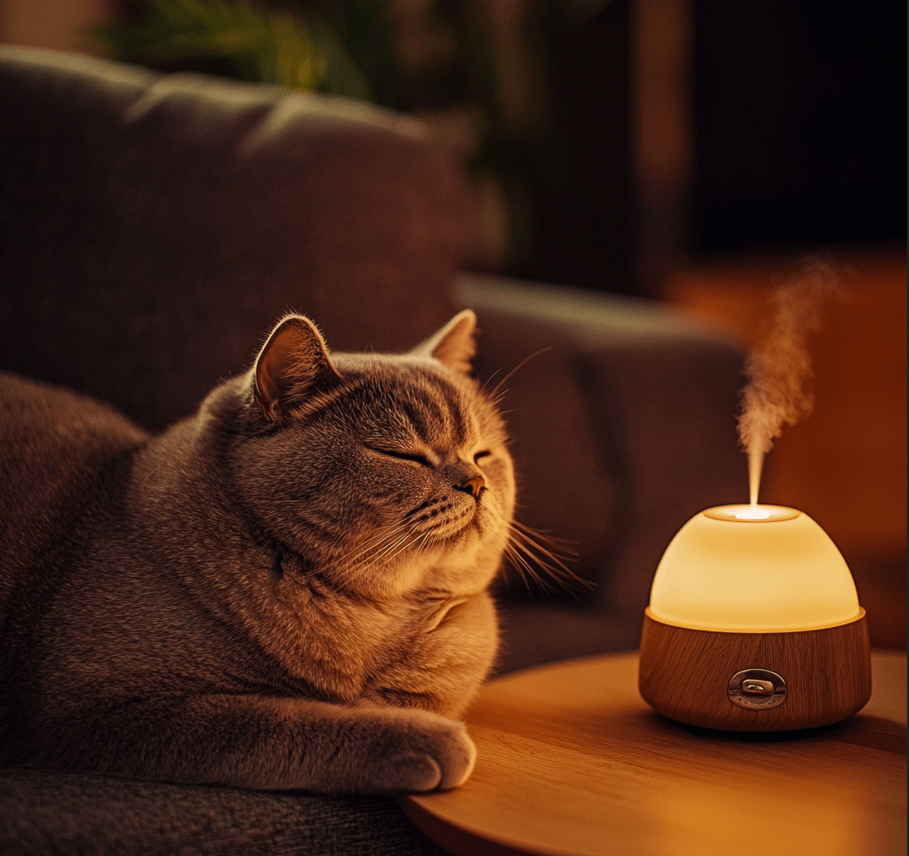
Grooming a British Shorthair Cat requires patience and the right approach to ensure a stress-free experience. Follow these steps:
Prepare the Environment: Choose a quiet, comfortable space with good lighting. Lay down a towel to catch loose hair.
Introduce the Brush: Let your cat sniff the brush to familiarize themselves with it. Offer treats to create positive associations.
Start Gently: Begin brushing in the direction of hair growth, using short, gentle strokes. Focus on areas like the back, sides, and chest.
Address Problem Areas: Use a dematting comb for tangles or mats, working slowly to avoid discomfort.
Finish with a Polishing Brush: Use a soft bristle brush to distribute natural oils and enhance coat shine.
Check for Skin Issues: Inspect your cat’s skin for redness, fleas, or lumps during grooming.
Reward Your Cat: End the session with treats or playtime to reinforce positive behavior.
Frequency: Brush your British Shorthair 2–3 times per week, increasing to daily during shedding seasons (spring and fall).
Common Grooming Mistakes to Avoid
Brushing Too Aggressively: Excessive pressure can irritate your cat’s skin or make them dislike grooming.
Ignoring Mats: Neglecting tangles can lead to painful matting that requires professional grooming.
Using the Wrong Brush: A brush that’s too harsh or ineffective can cause discomfort or fail to groom properly.
Skipping Regular Sessions: Inconsistent grooming leads to shedding, matting, and skin issues.
Forcing the Process: If your cat is resistant, take breaks and try again later to avoid stress.
Additional Grooming Tools for British Shorthair Cats
In addition to brushes, consider these tools to enhance your grooming routine:
Grooming Gloves: Ideal for cats that dislike brushes, these gloves remove loose hair while petting.
Flea Combs: Useful for checking for fleas or removing small debris.
Nail Clippers: Regular nail trimming prevents scratching during grooming.
Pet-Safe Wipes: Use wipes to clean sensitive areas like the face or paws.
Tips for Making Grooming Enjoyable
Start Young: Introduce grooming to kittens to build lifelong positive habits.
Keep Sessions Short: Aim for 5–10 minutes to avoid overwhelming your cat.
Use Treats and Praise: Reward your cat to make grooming a bonding experience.
Stay Calm: Your cat will pick up on your energy, so remain relaxed and patient.
Choose the Right Time: Groom when your cat is relaxed, such as after a meal or nap.
Understanding Your British Shorthair’s Coat
The British Shorthair’s coat is one of its defining features, characterized by its short, dense, and plush texture. Unlike long-haired breeds, their fur doesn’t require daily detangling, but it does need regular maintenance to prevent buildup of loose hair and dander. The coat consists of two layers:
Topcoat: The outer layer is short and sleek, giving the cat its smooth appearance.
Undercoat: The dense undercoat provides insulation and contributes to the plush feel.
This dual-layered coat sheds moderately year-round, with increased shedding during seasonal changes. Regular brushing keeps both layers healthy and prevents issues like hairballs.
When to Seek Professional Grooming
While home grooming is sufficient for most British Shorthairs, professional grooming may be necessary in certain situations:
Severe Matting: If mats are too tight or close to the skin, a professional can safely remove them.
Skin Conditions: Persistent skin issues or fleas may require a vet or groomer’s expertise.
Behavioral Resistance: If your cat refuses to be groomed, a professional can handle the process with minimal stress.
Specialized Care: Elderly or overweight British Shorthairs may need help grooming hard-to-reach areas.
Look for groomers experienced with short-haired breeds and ensure they use cat-safe products.
Conclusion

Grooming your British Shorthair Cat is a vital part of their care, ensuring their coat remains healthy, shiny, and free of mats. By choosing the right brush—whether it’s the versatile Safari Self-Cleaning Slicker Brush, the powerful FURminator, or the gentle Hertzko Soft Pet Brush—you can make grooming a rewarding experience for both you and your feline companion. Combine regular brushing with proper techniques, patience, and a few extra tools to keep your British Shorthair looking and feeling their best.
This guide has provided everything you need to know about selecting the best brushes for British Shorthair Cats, from product recommendations to grooming tips. With the right tools and approach, you’ll keep your cat’s coat in top condition while strengthening your bond. Happy grooming!

